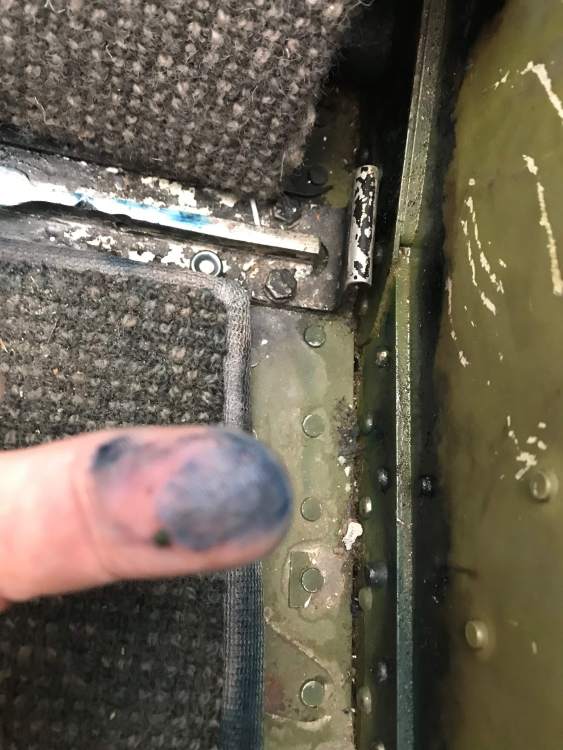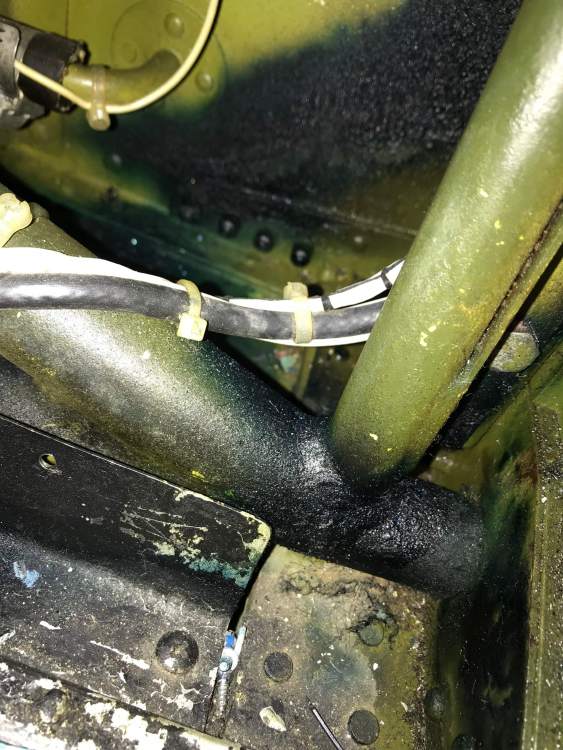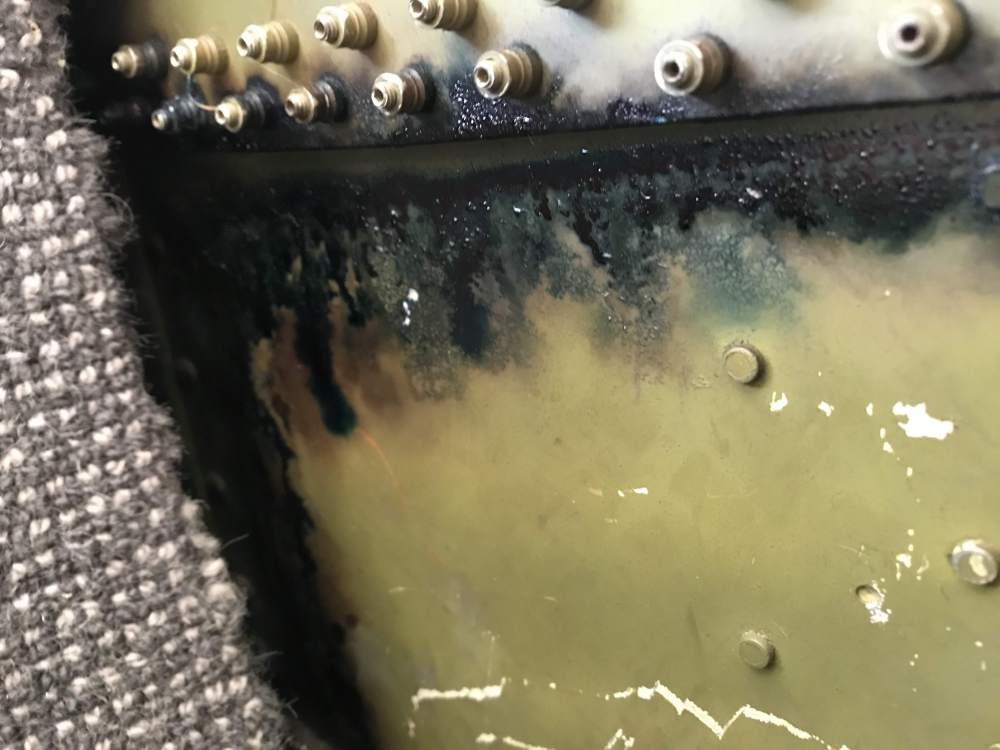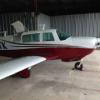Search the Community
Showing results for tags 'fuel tank'.
-
I just purchased a Mooney m20c and discovered after we picked it up that there was a fuel smell in the cabin. We didn't notice it until after we landed and refueled on the way home. I paid for a pre-buy inspection at a shop near where I purchased the airplane, 800 miles from my home, and specifically asked for them to check carefully for fuel leaks. The report didn't mention any fuel leaks. The previous owner never mention them either. Unfortunately I own the issue at this point. I had my local AP, experienced with Mooneys, do a quick inspection and the photos below show what he found in less than 30 minutes. All of the leaking appears to be at the right wing root and into the cabin. He cannot get me scheduled for several weeks to reseal the tank , so my question is, is it safe to fly it in the meantime? I need to get 10 hours of dual for my insurance requirements and hate to wait to begin enjoying my new toy.
-
Folks, Looking for some advice regarding a weep that has developed in my left fuel tank. Appears to occur when the tank is full. weeps from the hole on the lower area of the leading edge near the wing root. Plane is based at KVGT (North Las Vegas)...recent arrival there. Searching logs to find out when the last reseal occurred. Basically looking for either a local A&P that would be willing to help me do the work to fix this or a local shop capable of taking care of the issue (prefer the prior, not the latter). Haven't noticed any fuel smells in the cabin but also don't like things that leak. Seems to only occur when tank is full. Right side does not exhibit this behavior. Regards,
-
I am building a Van RV-8. Working on the tanks right now. The Van's tanks are build by inserting sealant (Proseal, same as the Mooney) under the ribs, then riveting them to the skin. As each rivet is driven in place, the rivet hole is filled with sealant to form a seal so that there is no leaking around the factory rivet head. Once everything is riveted, sealant is applied to the inside of the tank along the rivet heads (the shop heads). In looking at the Mooney tanks, it appears to me that the whole thing is built and riveted, then they brush a coat of sealant along the seams of the tanks. Re-sealing looks like the same exercise, applying sealant to the seams/rivets (after removing the old sealant). Does anyone know if Mooney wet drove the rivets when originally constructing the tanks?






